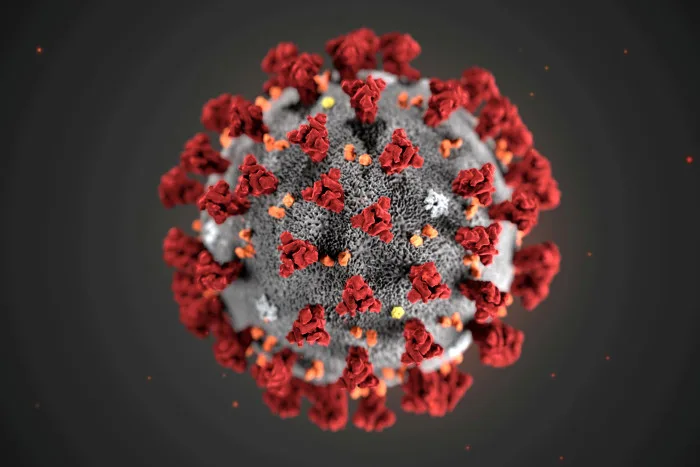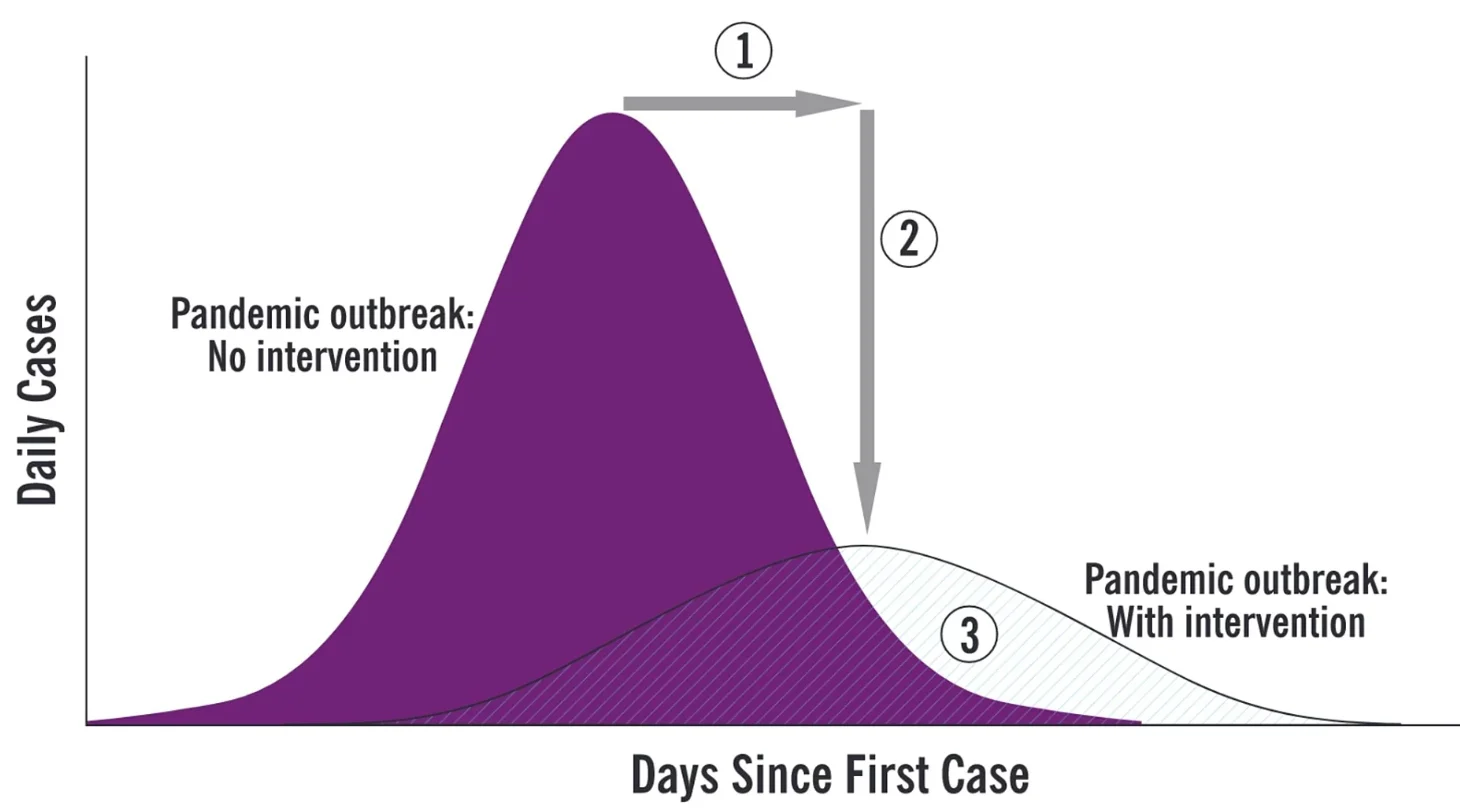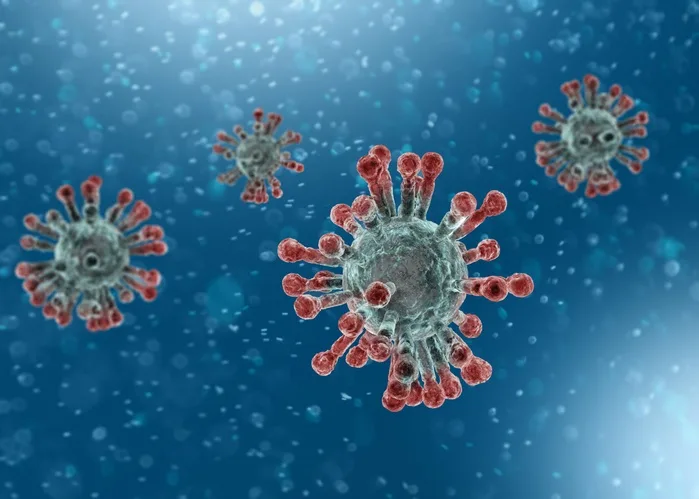
COVID-19: Updates, resources, and 'flattening the curve'
The COVID-19 pandemic is escalating in Canada, with closures and cancellations announced in several provinces.
Health and government officials are planning for various scenarios relating to the COVID-19 pandemic -- from mild to worst-case.
It's hard to know how events will unfold over the days to come, but here's what's happened today and what you need to know.
Go HERE for our complete coverage of the COVID-19 pandemic
FLATTENING THE CURVE

The goal of community mitigation, (1) delay outbreak peak (2) decompress peak burden on healthcare, known as flattening the curve (3) diminish overall cases and health impact. Courtesy: Wikipedia.
If you haven't heard the term 'flatten the curve', you likely will in the coming days. It's a simple concept: If everyone gets sick simultaneously, hospitals and health care workers will be overwhelmed. This is a worst-case scenario that can lead to more people falling ill or dying due to a lack of hospital beds, ventilators, doctors, and nurses.
If everyone does what they can to limit the spread of the disease, it can prevent a spike in daily infections. This buys the health care system time to treat more people, free up more beds, and possibly develop a vaccine or some form of medication.
You can help flatten the curve by:
Self-isolating.
Avoiding touching your face.
Frequently washing your hands thoroughly for at least 20 seconds with soap and water.
Maintaining a distance of 1.8 metres from other people when in public.
Avoiding large crowd gatherings.
Limiting travel.
Working from home if you can.
SYMPTOMS
COVID-19 symptoms are similar to that of the flu or common cold, so you may be sick with it and not know it.
Things to look out for:
Fever.
Coughing.
Difficulty breathing.
Pneumonia (which would be confirmed via a chest X-ray).
Symptoms could present between 2 and 14 days after exposure. Not everyone with COVID-9 will have symptoms, and some will only experience mild discomfort.
Updated: April 28, 2020
Based on observations of thousands of doctors treating COVID-19 patients, the CDC has updated its list with additional symptoms:
Chills.
Muscle pain.
Headache.
Sore throat.
Loss of taste or smell.
The Canadian Paediatric Surveillance Program (CPSP) is warning doctors and caregivers to keep an eye out for "COVID toes" -- bluish-red and purple lesions found on the toes which could also be a symptom of infection.
While it has been observed in patients of all ages, it is predominantley found in children.
"It looks like frostbite [with] red or purple or brown discolouration around the feet, could be on the underside of the foot, the top of the foot, on the toes, and sometimes there's cracked or dry looking skin as well," Pediatric emergency physician Dr. Dina Kulik told CTV News Channel.
VIDEO: HOW LONG SHOULD I WASH MY HANDS?
IF YOU ARE SUFFERING FROM SYMPTOMS
If you feel unwell, contact a medical professional. COVID-19 can only be confirmed through a lab test.
Healthy individuals under age 50 are typically told to stay home and avoid the hospital, the CBC reports.
Individuals of all ages with compromised immune systems or individuals who are experiencing shortness of breath are advised to seek immediate care, as well as all individuals aged 50 and older.
Contact a health provider if you are concerned about your symptoms or have recently travelled to an area identified as a "hot spot."
EXPLAINER: HOW THE CORONAVIRUS (SARS-COV-2) INFECTS HUMAN CELLS
TREATING COVID-19
There is no current vaccine for COVID-19, nor are there any federally-approved natural products that are authorized to treat or protect against infection, according to Health Canada.
COVID-19 is a respiratory illness, but the flu vaccine will not protect against it.

Microscopic view of Coronavirus, a pathogen that attacks the respiratory tract. Analysis and test, experimentation. Getty Images.
AT-RISK PATIENTS
The World Health Organization categorizes the most at-risk population segment as individuals:
Who are aged 65 and older.
With compromised immune systems.
With pre-existing medical conditions.
RESOURCES
COVID-19 Q&A (via WHO)
Confirmed cases of COVID-19 worldwide (via the Center for Disease Control)











